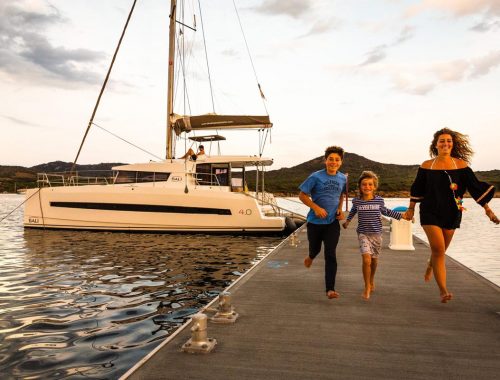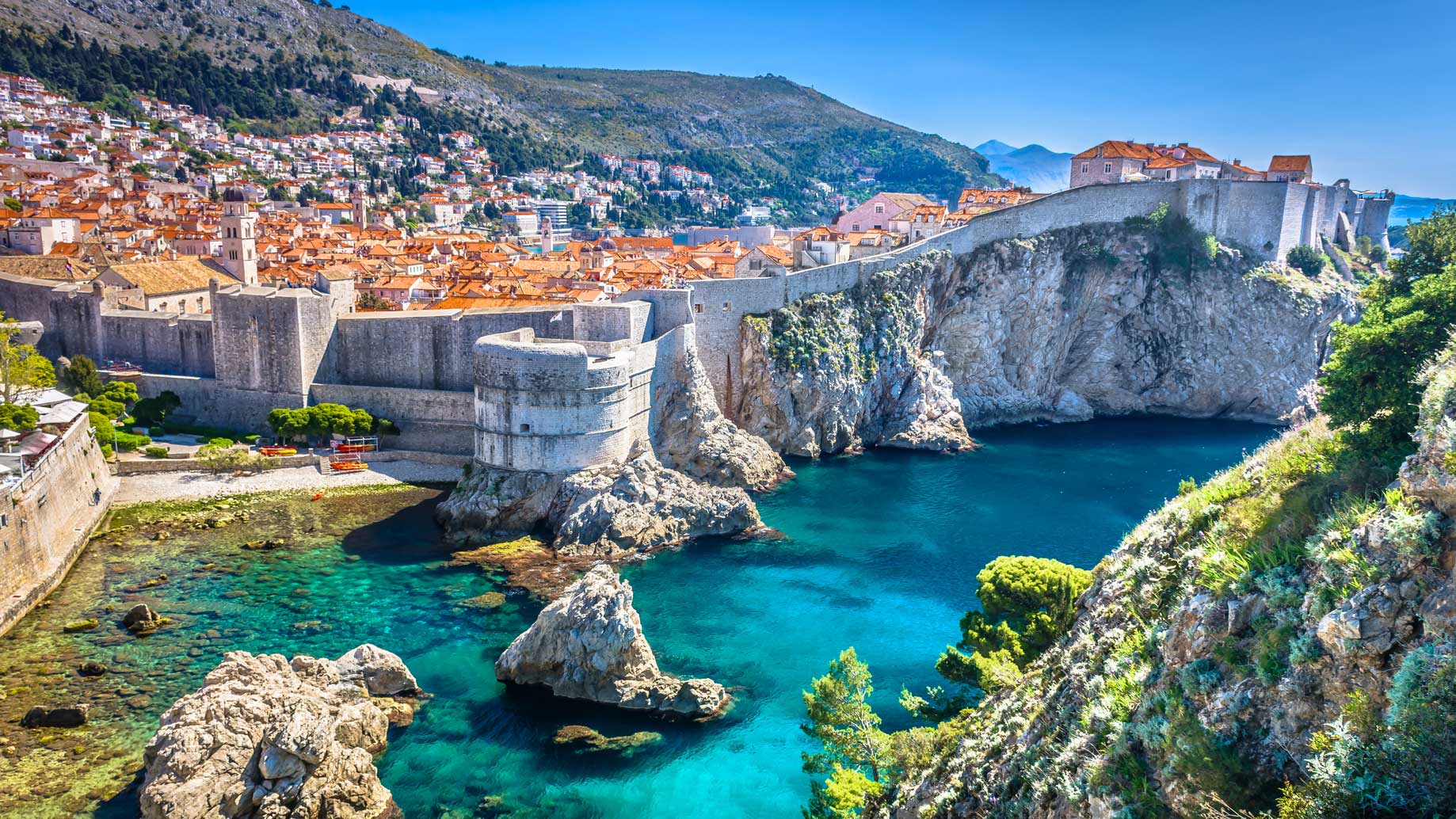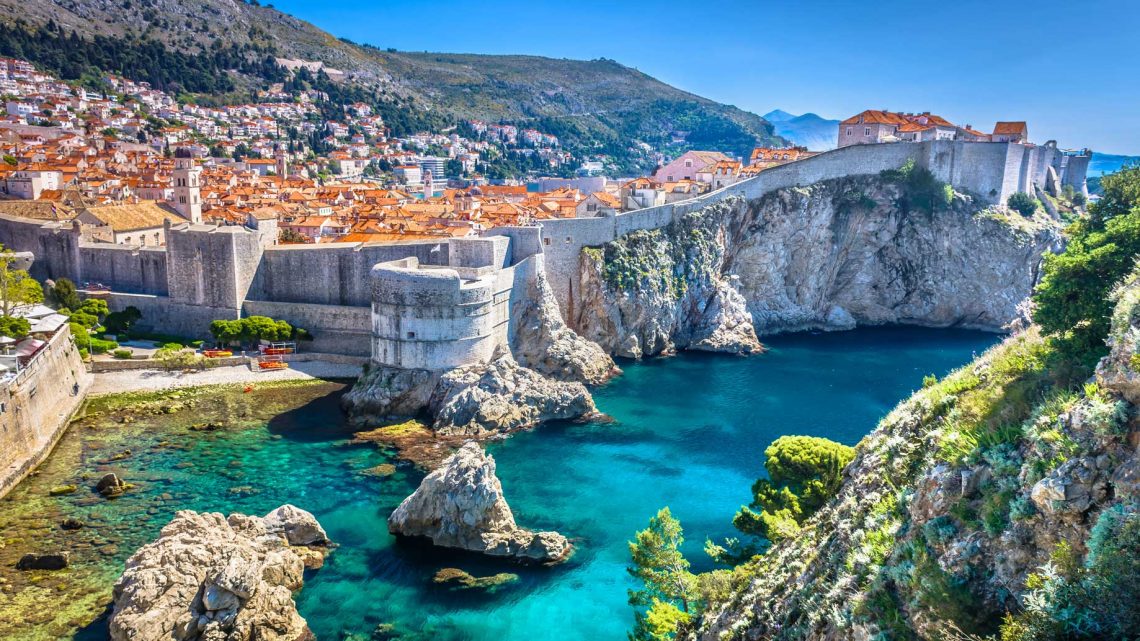
Top 7 amazing stopovers you shouldn’t miss on a sailing cruise in Croatia
For those looking for dream places to visit during a sailing cruise the Croatian islands are undoubtedly one of the most popular destinations for yachtsmen from all over the world. Not only for the beauty of the scenery, but also for the welcoming atmosphere, attractive prices and first-rate nautical services.
In this guide we’ll indicate the 7 stopovers that you absolutely must not miss if you are planning a sailing cruise in Croatia. Choose one or more of them and you will not be disappointed.
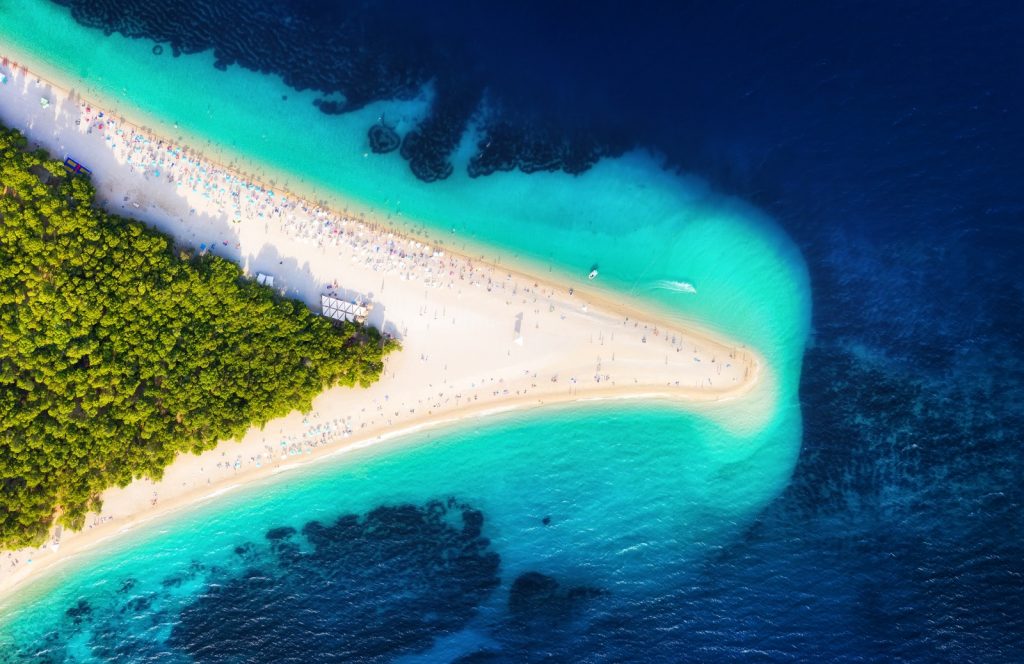
Brač, ideal for those who love trekking
Brač is a beautiful nautical destination and the largest island in central Croatia and is famous for two reasons. The first is the white stone with which the Diocletian’s Palace in Split was built, as well as the White House in Washington. And then Zlatni Rat, the long beach located in the city of Bol that extends its pebble-covered tip into the waters of the Adriatic. If you go through any of the Croatian tourist brochures you will find it on display. Behind Bol, however, stands Vidova Gora, the highest point of all the Croatian islands: those who climb to the top can enjoy a truly breathtaking panorama.
In addition to Bol, the other town on Brač is Supetar, but the island also hosts several villages with a peaceful atmosphere and a splendid Mediterranean landscape characterized by steep cliffs, pine forests and deep waters. The hinterland, largely uninhabited, is dotted with numerous piles of stones, laboriously collected by women over the centuries to free up the land for the cultivation of vines, olives, figs, almonds and black cherries. Those who enjoy hiking or cycling when they get off the boat will love Brač madly.
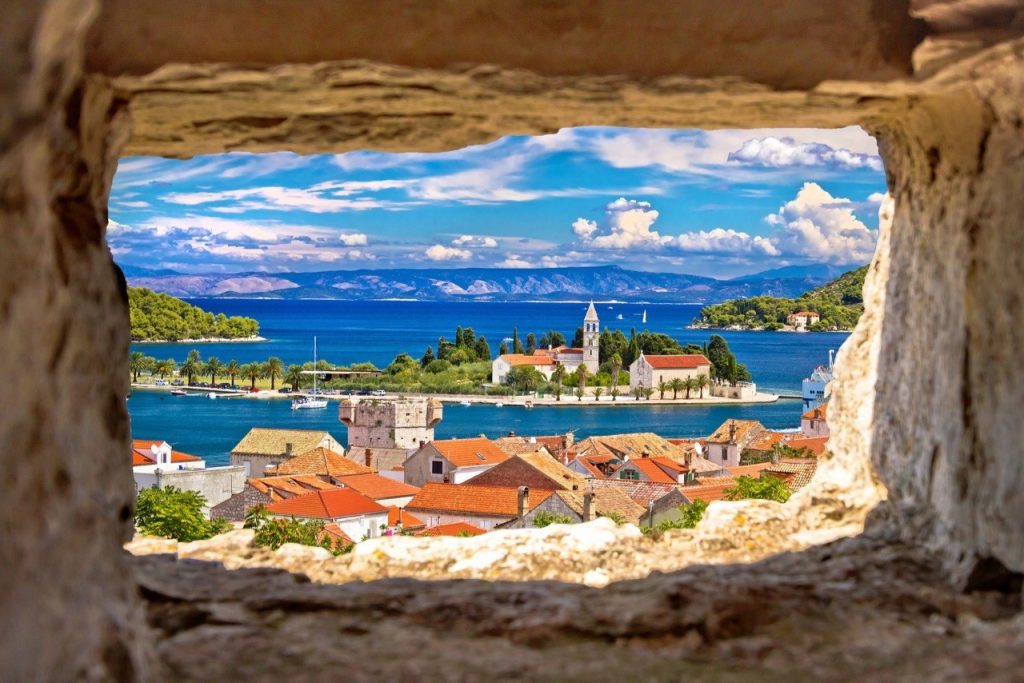
Vis, perfect for pleasure boaters
Vis is the furthest island from the central Dalmatian coast. It was a military base of the Yugoslav national army for a long time and closed to the public from the 1950s until 1989. This isolation prevented its development, only to later turn into a trump card when the island opened up to tourism. Many sailors choose it to enjoy its authentic atmosphere and find unspoiled nature, peace, tranquility and delicious delights for the palate. In fact, Vis produces some of the best-known wines in all of Croatia, such as Vugava (white) and Plavac (red). Lush vineyards stretch for miles inland. Furthermore, the flourishing seafaring tradition guarantees fish dishes that are always very fresh.
Vis offers two small and charming settlements at the bottom of two large bays: Vis town, in the north-eastern part, and Komiža, in the south-western part. Vis town is historically associated with the ancient aristocracy, while Komiža is proud of its fishing tradition and pirate stories. The rugged coasts of the island are dotted with inlets, sea caves and sandy beaches. At the Archaeological Museum, and in various points of Vis town, you can admire ancient finds that allow you to take a deeper look at the fascinating and complex character of this small island.
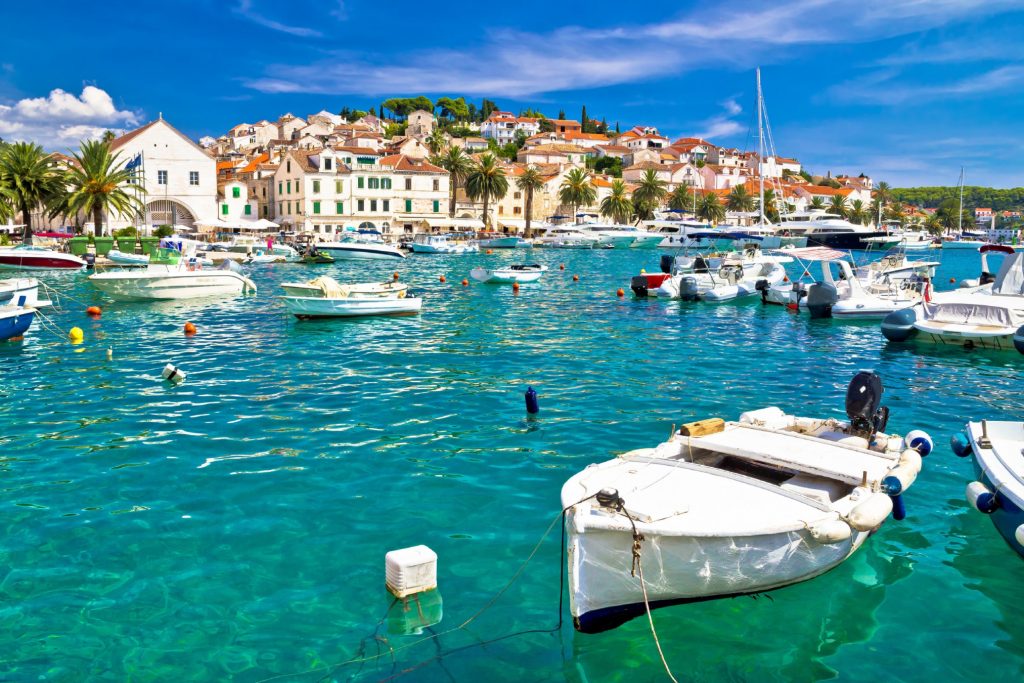
Hvar, the island of VIPs and beach bars
A true pearl of Central Croatia, the island of Hvar has a unique charm given by the architectural harmony of its villages, the abundant vegetation and the wonderful beaches ranging from sand to pebbles to rocks. This is a favorite destination for VIPs and celebrities who have themselves photographed while sipping cocktails in the beach bars on the coast, it is a destination that appeals to those sailors who love the worldly atmosphere and super yachts. The town of Hvar develops around a well-sheltered port and flanked by a large paved square on which stands a magnificent Baroque cathedral. But the magic touch is also the palm-lined promenade, the castle on top of the hill and the cobbled alleys between restaurants, cocktail bars and boutiques. In front of the southern coast there are then the Pakleni islands or Pakleni Otoci and in front of the central part of the island is the island of Scedro.
The hinterland of Hvar is no less in terms of enchants with its fragrant lavender fields, vineyards and centenary olive groves, the mountains and delightful villages overlooking the sea, such as the ancient Stari Grad, Ivan Dolac with its exotic atmosphere, Sveta Nedjelja and Milna, Vrboska also called “little Venice”.
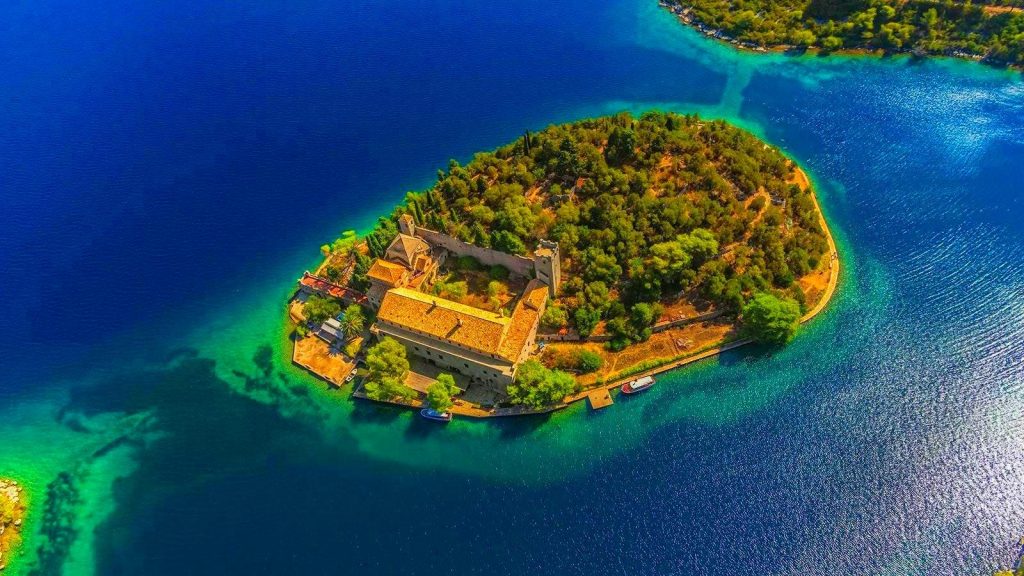
Mljet, a corner of Mediterranean paradise
Mljet (or Meleda as italians like to call it) is considered the most attractive of the Adriatic islands. Its territory is mostly covered by forests. While the rest is dotted with fields, vineyards and small villages. The northwestern area, occupied by the Mljet National Park, is characterized by a magnificent landscape and lush vegetation, with pine forests and spectacular turquoise salt water lakes. It is a real uncontaminated oasis of peace which, according to legend, enchanted Ulysses, who stayed there for seven years. We firmly believe that he never regretted it.
A truly unmissable view from Montokuc is that of pine trees cascading down to the silver-blue Adriatic.
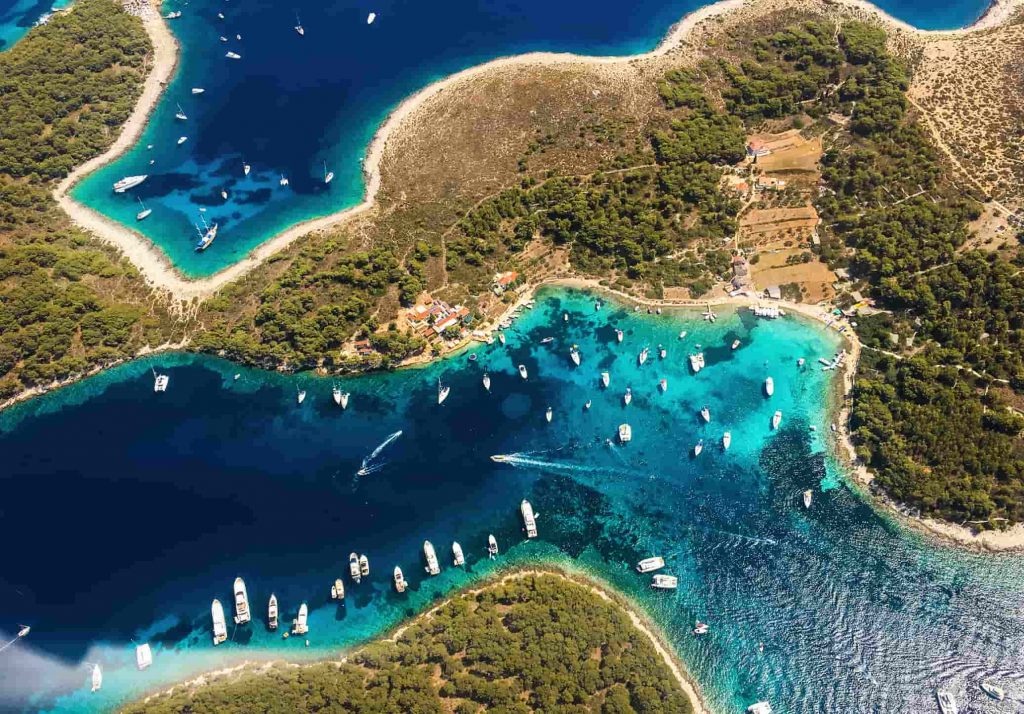
Pag and its lunar landscapes
Pag with its rough landscapes and karst stones, deserted expanses, bare and pale pink hills, offers a silent and magical, almost lunar landscape. Definitely one of the most evocative places in all of Croatia. The island is connected to the mainland by a bridge. However, it retains a very peculiar independent character both from a cultural point of view and as regards its products. The islanders cultivate stingy soil and manage to make a decent white wine from it called Šutica. The famous Paški sir is produced with the milk of sheep, a robust native breed that feeds on the aromatic plants and brackish herbs of the island. Another renowned handicraft product are the elaborate laces, which in many Croatian homes are framed and hung on the walls.
However, Pag is not only a place of culture and centuries-old traditions: the port of Novalja is one of the liveliest and most colorful nautical ports in Croatia. While the nearby Zrće beach is a must for those who love nightlife and beach parties.
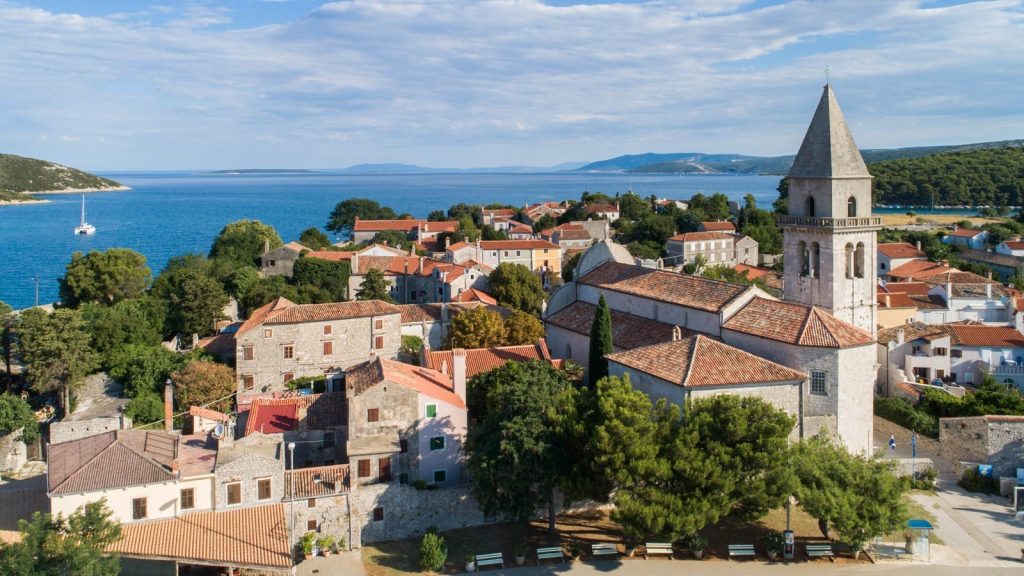
The thousand attractions of Losinj
The island of Lošinj, also known as the “fragrant island”, is located in the northern part of Kvarner and is bordered by numerous bays and coves. Surrounded by the crystal clear Kvarner sea and covered with lush greenery, it is the dream place for those who love perfumes. In fact, it is full of medicinal plants that fill the air with fabulous fragrances. The air always has the magical smell of lavender and myrtle, immortelle and sage, thyme and pine, cyclamen, saffron and violets. With its two centers Mali Lošinj and Veli Lošinj, it is an animated island full of attractions. Mali Lošinj is the main tourist center of the island, always crowded with tourists who flock to the lively main bay where are shops and restaurants. What makes this place unique are the characteristic houses with pastel-coloured facades.
Veli Lošinj is instead a less crowded, more peaceful town. With a beautiful port overlooked by shops and ice cream parlors, all surrounded by tall and narrow colored houses. You cannot miss the enchanting walk that goes from the side of the church of Sant’Antonio up to the cliff, from which you can admire a wild sea. We recommend getting lost in the characteristic alleys in order to absorb the soul of this Croatian pearl. Finally, there is a great variety of beaches. There are white sand bays with shallow sea, flat white pebbles on the western side, flat cliffs facing the deep blue and turquoise colored sea. In short, the clean sea and the relaxing environment with a breathtaking view are everywhere you go.
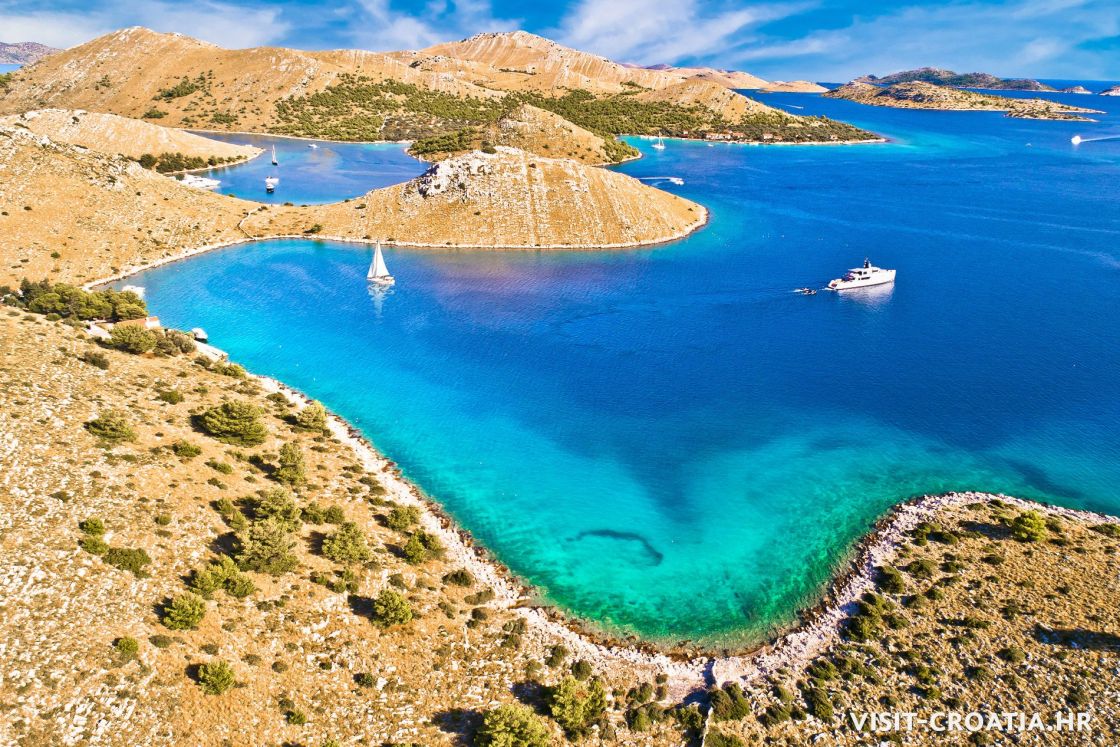
Kornati and those giant rocks overlooking the sea
The Kornati archipelago, better known as the “Kornati Islands”, has more than one hundred islands and islets, of which 89 are part of a natural park established in 1980 to preserve the beauty of these places and their surprising variety of animal and plant species . The archipelago is divided into Upper Kornati and Lower Kornati. The name of the archipelago comes from impressive rocks overlooking the sea which are called “crowns” and are widespread in the Lower Kornati. They have impressive heights: 60-80 meters above water and more than 100 meters underwater. They are islands of karstic origin, with a rocky coast characterized by imposing cliffs, promontories and caves with a thousand chasms.
Most visitors arrive by sailing yachts and drop anchor in one of the fabulous sheltered bays to sunbathe and snorkel in a blue paradise of endless sea and sky. The beaches are often only accessible by boat and never crowded. Those looking for peace, wild nature, a beautiful sea and a complete detachment from everyday life will love these rugged and little-visited islands. In addition to the clean sea, you will be delighted by fish restaurants, military fortresses, ancient tombs and Venetian castles.
You May Also Like
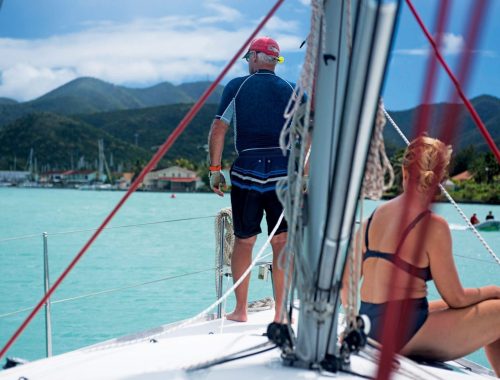
Effortlessly managing harbor maneuvers
05/02/2024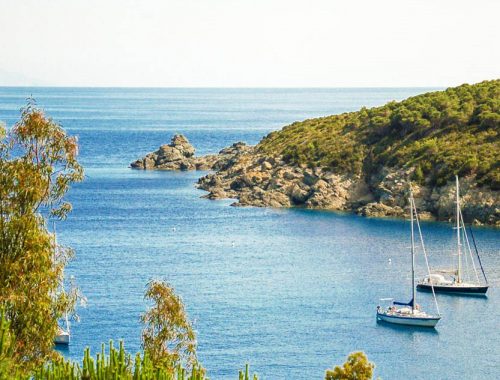
How wonderful it is to sail between these 3 stunning islands – Elba, Capraia and Corsica
26/05/2025